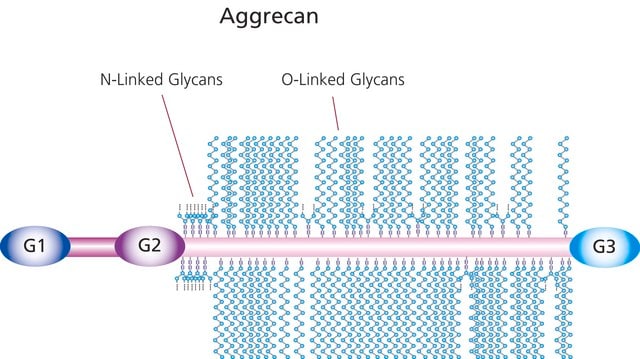W1878
Williams′ Medium E
With sodium bicarbonate, without ʟ-glutamine and phenol red, liquid, sterile-filtered, suitable for cell culture
Sinónimos:
Williams’ E medium
About This Item
Productos recomendados
product name
Williams′ Medium E, With sodium bicarbonate, without L-glutamine and phenol red, liquid, sterile-filtered, suitable for cell culture
sterility
sterile-filtered
form
liquid
technique(s)
cell culture | mammalian: suitable
impurities
endotoxin, tested
components
sodium pyruvate: 0.025 g/L
phenol red: no
glucose: 2.0 g/L (Dextro)
NaHCO3: 2.2 g/L
L-glutamine: no
shipped in
ambient
storage temp.
2-8°C
General description
application
Reconstitution
Other Notes
also commonly purchased with this product
related product
supplement
Storage Class
12 - Non Combustible Liquids
wgk_germany
WGK 1
flash_point_f
Not applicable
flash_point_c
Not applicable
Certificados de análisis (COA)
Busque Certificados de análisis (COA) introduciendo el número de lote del producto. Los números de lote se encuentran en la etiqueta del producto después de las palabras «Lot» o «Batch»
¿Ya tiene este producto?
Encuentre la documentación para los productos que ha comprado recientemente en la Biblioteca de documentos.
Los clientes también vieron
Protocolos
Discover our collection of primary human hepatic Kupffer cells and protocol for thawing, plating, and growing Kupffer cells. Find the formulation for Kupffer culture maintenance media.
Discover our primary human hepatocytes and plating and maintenance media formulations. Explore our protocol for plateable primary hepatocyte cell culture.
Discover our protocol for thawing, plating, and forming hepatocyte spheroids from human spheroid-qualified plateable hepatocytes. Find the formulation for hepatocyte spheroid maintenance media.
Contenido relacionado
Explore our protocol for suspension primary hepatocyte cell culture. Discover our primary human hepatocytes and plating and maintenance media formulations.
Nuestro equipo de científicos tiene experiencia en todas las áreas de investigación: Ciencias de la vida, Ciencia de los materiales, Síntesis química, Cromatografía, Analítica y muchas otras.
Póngase en contacto con el Servicio técnico





